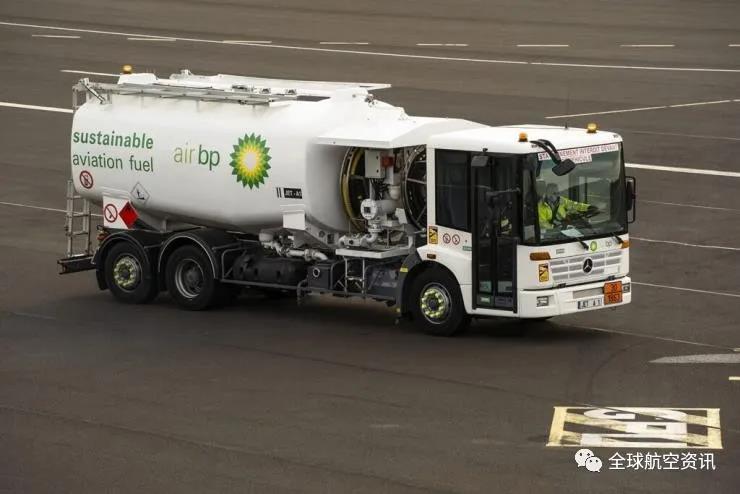Europe begins to adopt electric to liquid technology to produce sustainable aviation fuel

According to an article published on the aviationtoday website on December 9, 2021, electronic sustainable aviation fuel (eSAF) is a synthetic fuel extracted from renewable energy sources. Like sustainable aviation fuel (SAF) produced through other means, eSAF has significant implications for achieving decarbonization goals in the aviation industry. Although SAF only accounts for 1% of the current global aviation fuel supply, its commercial use is continuously growing worldwide. A report from the Action Group on International Air Transport (ATAG) states that SAF was officially delivered to airports for the first time in 2015, and since then, new production facilities have been under development or construction. Despite some progress, it is expected that by 2025, only about 2% of the total use of jet fuel will be sustainable aviation fuel.
At present, the majority of SAF supply comes from raw materials processed through the hydrogenation of esters and fatty acids (also known as HEFA) pathway. Therefore, producing SAF to achieve low-carbon goals in the aviation industry requires the use of various different approaches. One of these pathways is eSAF, a synthetic fuel produced from renewable energy sources.
Electric aircraft are currently limited to short distance travel, partly due to the heavy weight of the batteries used. In order to operate large aircraft and travel long distances using renewable electricity, the electricity generated from solar, hydro, and wind power must be converted into synthetic fuels such as hydrogen. However, in order to effectively use hydrogen as aviation fuel, most commercial aircraft flying today will need to be redesigned, particularly in terms of propulsion systems and fuel storage, as the density of hydrogen is one fourth that of traditional jet fuel.
ESAF, derived from Power to Liquid (PtL) technology, utilizes renewable electricity to decompose water into hydrogen and oxygen through electrolysis, and converts carbon dioxide and hydrogen captured from air, biological sources, and industrial sources into carbon monoxide and water through a reverse water gas conversion process. Additional hydrogen and carbon monoxide are converted into a synthetic crude oil using Fischer Tropsch synthesis (FT) technology, which is then developed into eSAF or other types of fuels that can be easily stored, transported, and distributed using existing infrastructure. Currently, relevant regulations allow eSAF to be mixed with traditional jet fuels up to 50%.
The main obstacle to expanding the production scale of SAF and eSAF is the production cost, which is almost eight times that of traditional jet fuels. Considering that eSAF will play a significant role in the future aviation industry, investing in the development of sustainable fuels becomes even more important. Currently, Europe has legislated to place the development of eSAF at the forefront of the aviation sustainable development agenda. For example, Germany has agreed on a roadmap that will take effect in 2026 for the development and use of eSAFs in the aviation sector.
Source: Global Aviation Information